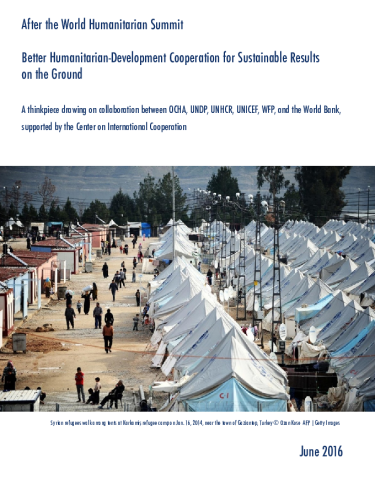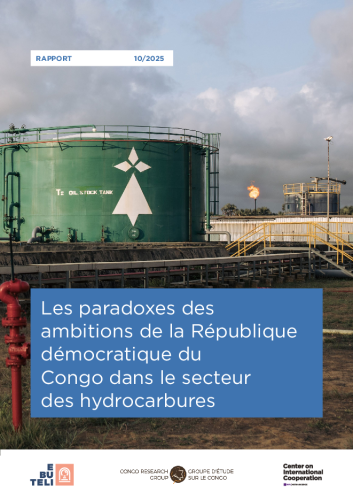The World Humanitarian Summit (WHS) called for a step change in how humanitarian action is conceived, planned, implemented and monitored – and by whom.
The United Nations Secretary-General (SG) has set out a clear vision to ‘Change people’s lives: from delivering aid to ending need’ as one of five Core Responsibilities in his Report for the World Humanitarian Summit ‘One Humanity: Shared Responsibility.’ The report notes that Agenda 2030’s commitment to leaving no one behind and reaching those furthest behind first, including its specific references to people affected by humanitarian emergencies, creates a common framework under which both humanitarian and development actors can work together to ensure the safety, dignity and ability to thrive for the most vulnerable and at risk populations.
Participants at the Summit were asked to generate bold commitments to advancing this vision over the coming years. In particular, the Secretary-General and the heads of 8 UN entities, with the endorsement of the World Bank and the International Organization of Migration, issued a joint commitment to action to implement a New Way of Working1 based on three main elements: (1) Working to collective outcomes across the UN system and the broader humanitarian and development community, including Multilateral Development Banks (MDBs); (2) Working over multi-year timeframes, recognizing the reality of protracted crises and aiming to contribute to longer- term development gains, in the logic of the Sustainable Development Goals (SDGs); and (3) Working collaboratively based on comparative advantage of diverse actors.
At the most fundamental level, durable political solutions to conflict are needed to prevent a continued escalation in humanitarian needs. Political pressure to uphold international humanitarian law and principles remains crucial. But development and humanitarian interaction also needs to adapt to changing needs, and to the essential and evolving role played by crisis-affected populations and communities, governments, regional organizations and the private sector.
In the consultations and debates leading up to the WHS, the idea of transcending humanitarian-development divides has received much support, but has also raised questions, including: (i) Are closer development- humanitarian links feasible in all situations, and are they consistent with humanitarian principles?; (ii) What do some key conceptual shifts, like collective outcomes, multi- year approaches and working on the basis of comparative advantages, mean in practice?; and (iii) What concrete steps will be needed after the WHS to implement the shift in approach? The purpose of this paper is to elaborate on these practical questions.


